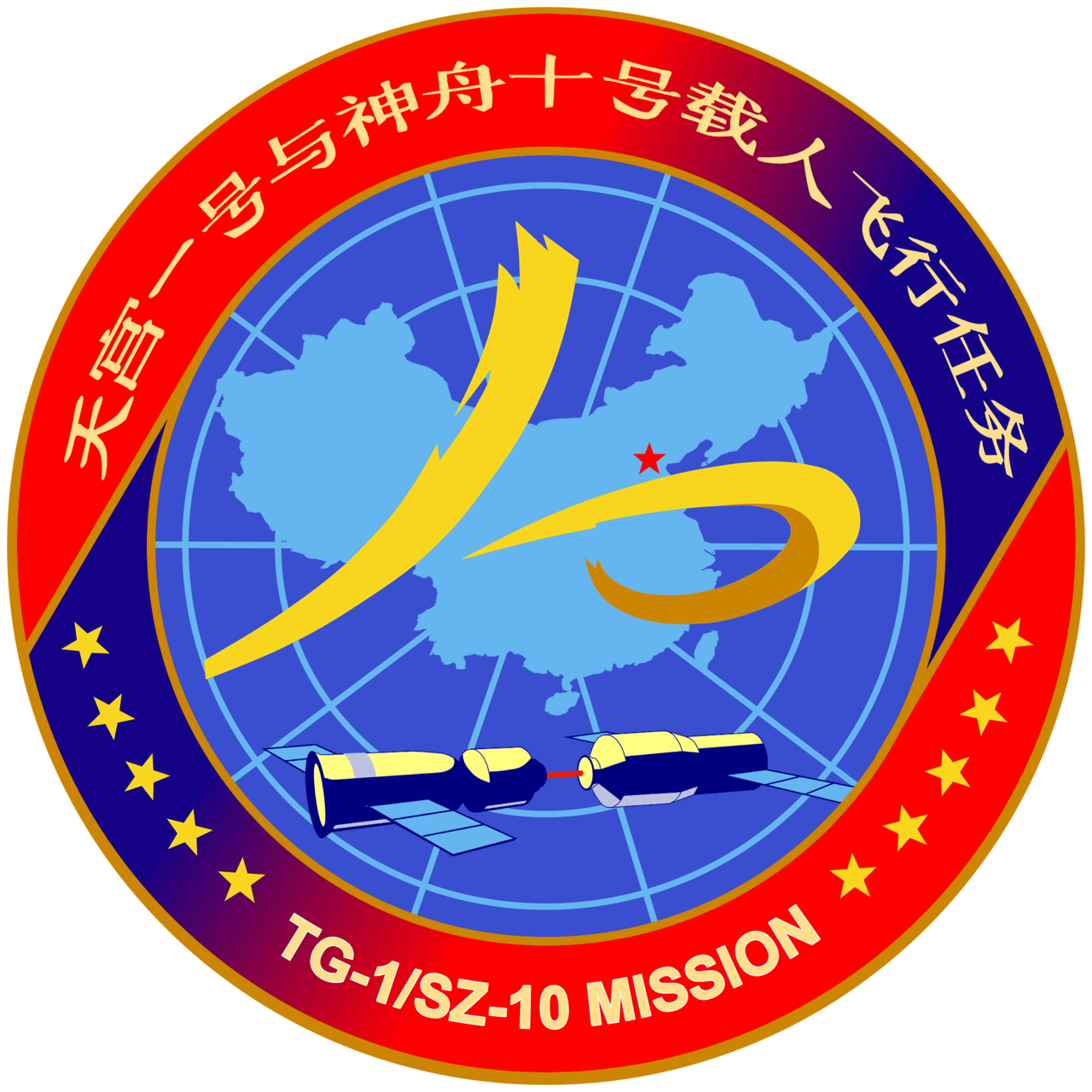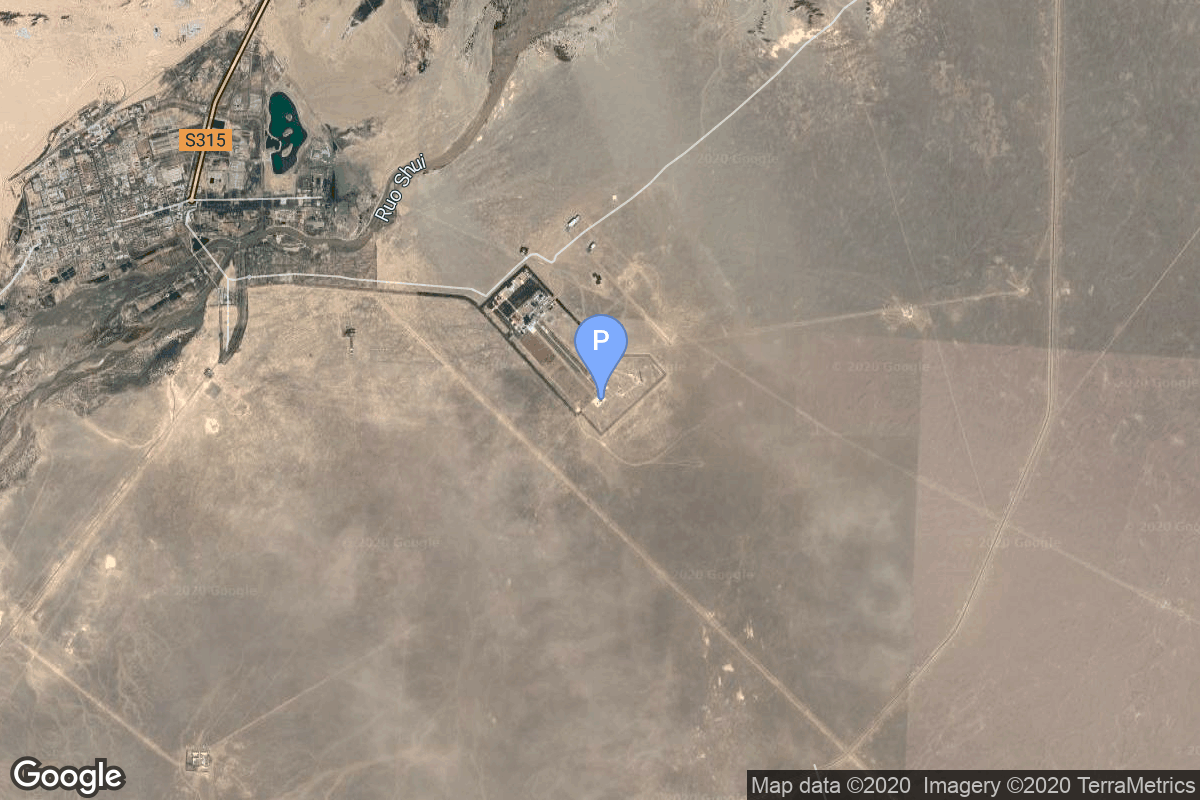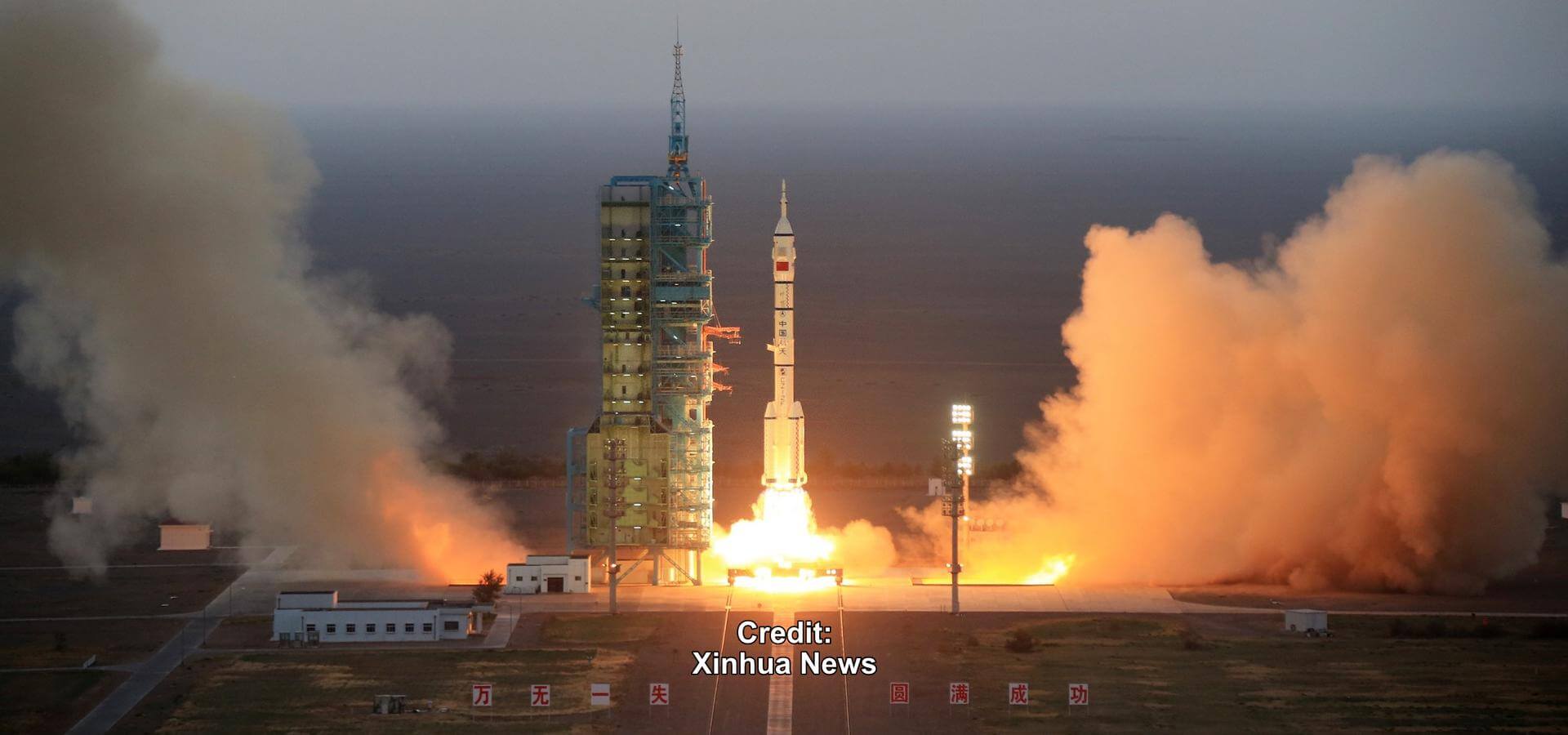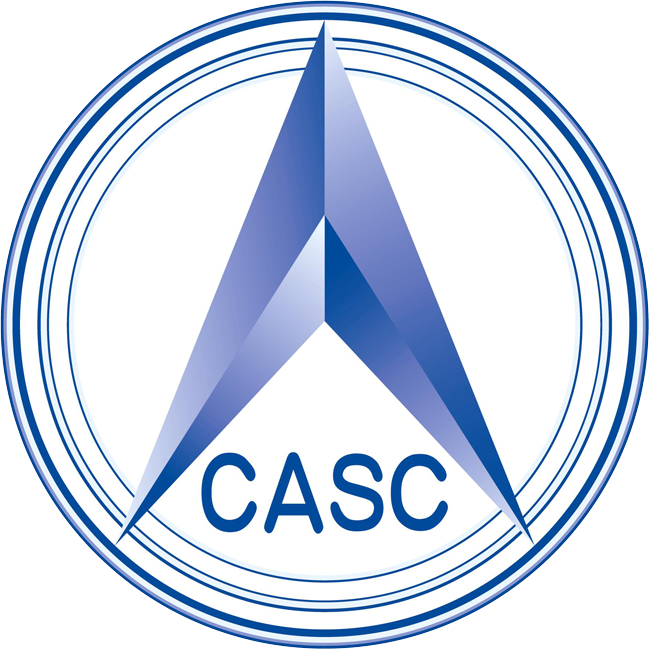Shenzhou-10
Long March 2F/G
China Aerospace Science and Technology Corporation
Crew
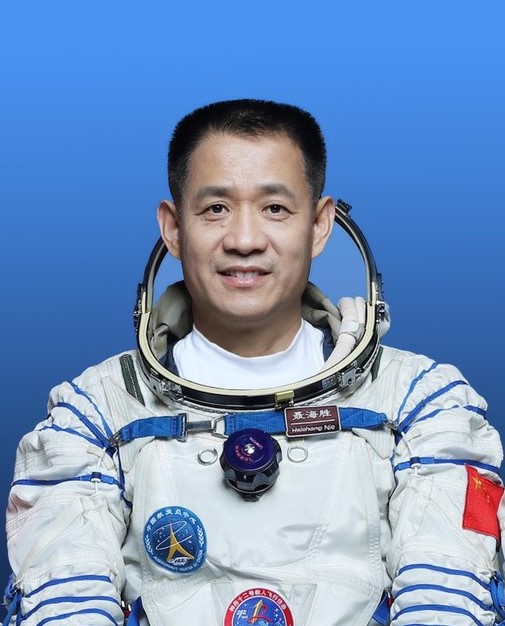
Nie Haisheng
- Birthday: 10/13/1964
- Role: Commander
- Nationality: Chinese
- First Flight: 10/12/2005
- Last Flight: 06/17/2021
Nie Haisheng is a Chinese military pilot and CNSA astronaut.
In 1998, he was selected for the Chinese spaceflight program and was one of three candidates who were part of the final group to train for the Shenzhou 5 flight, China’s first manned spaceflight. Yang Liwei was picked for the flight, with Zhai Zhigang ranked second ahead of Niè Hǎishèng.
Nie went into orbit, along with Fei Junlong (commander), as flight engineer of the Shenzhou 6 flight on 12 October 2005. The mission lasted just under five days.
He was selected to be the commander of the backup crew for the Shenzhou 9 mission. In 2013, Nie was selected to command the Shenzhou 10 second manned space mission to the first Chinese space station Tiangong 1. He became the first officer hold general rank at the time of their launch in the Chinese program with the Shenzhou 10 mission.
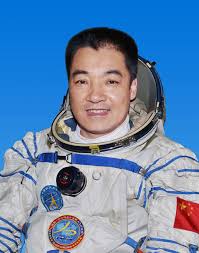
Zhang Xiaoguang
- Birthday: 05/01/1966
- Role: Flight Engineer
- Nationality: Chinese
- First Flight: 06/11/2013
- Last Flight: 06/11/2013
Zhang Xiaoguang is a Chinese pilot selected as part of the Shenzhou program.
He was born in May 1966 in Jinzhou, to a family of Manchu ethnicity and was a squadron commander in the People’s Liberation Army Air Force when he was selected to be an astronaut in 1998. He had accumulated 1000 flight-hours as of 2004. He was selected as part of the backup crew for the Shenzhou 9 mission. In 2013, he was selected to fly Shenzhou 10, the third spaceflight to the first Chinese space station Tiangong 1.
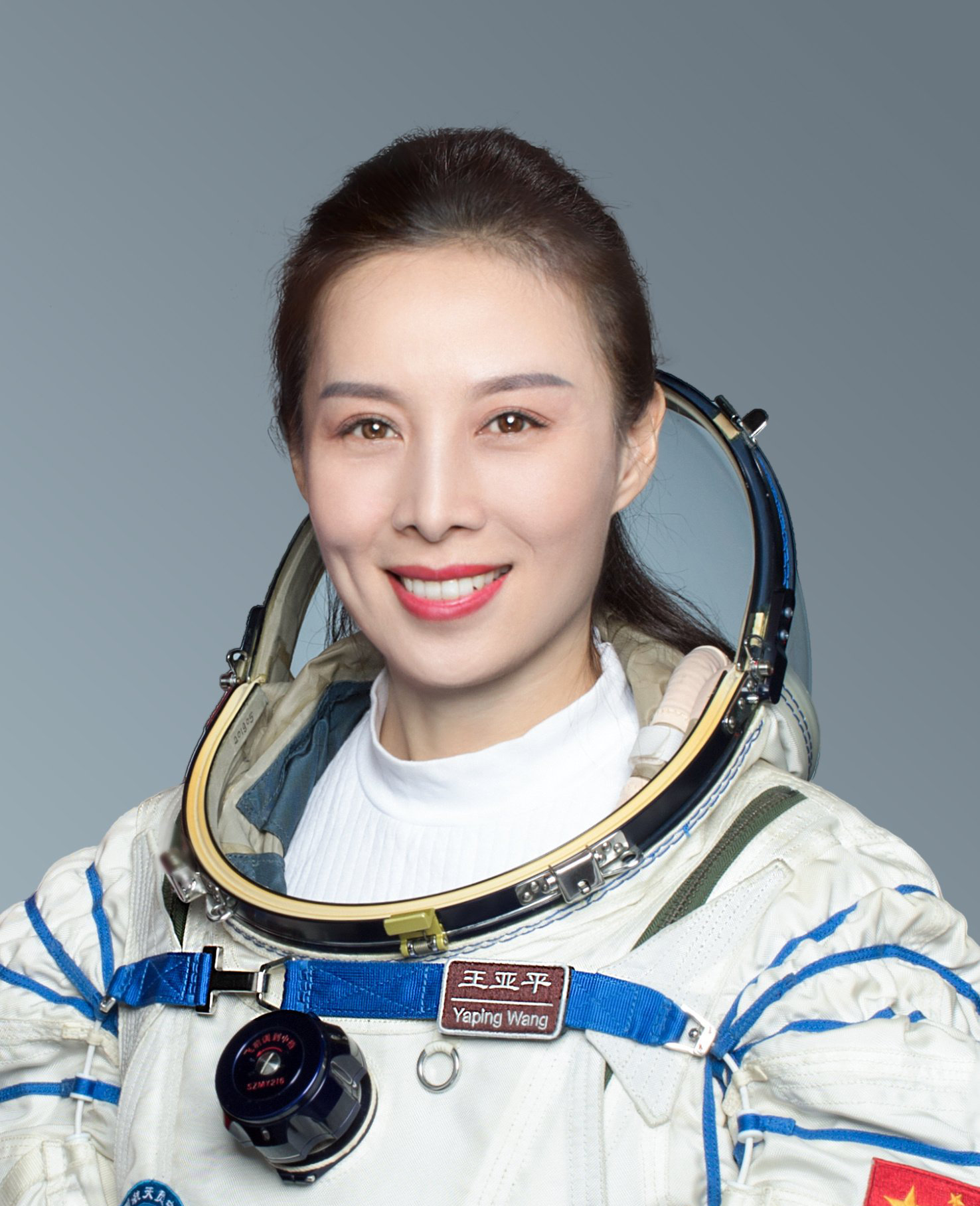
Wang Yaping
- Birthday: 01/27/1980
- Role: Flight Engineer
- Nationality: Chinese
- First Flight: 06/11/2013
- Last Flight: 10/15/2021
Colonel Wang Yaping is a Chinese military pilot and astronaut. Wang was the second female astronaut to be named by the CNSA, and the second Chinese woman in space.
She was a candidate for the space mission Shenzhou 9 in 2012. However, Liu Yang was selected over her for the historic mission of the first Chinese female space traveller. Wang was a member of the backup crew for SZ-9.
Wang became the second Chinese female astronaut as a member of the Shenzhou 10 spaceship crew, which orbited the earth in June 2013, and of the Tiangong-1 orbiting space station with which it docked. She was the first member of the crew announced, in April, while the remainder of the crew were announced in June. Wang Yaping was one of two women in space on the 50th anniversary of Vostok 6, the first spaceflight by a woman, Valentina Tereshkova. The other woman in space on 16 June 2013 was Karen Nyberg, an American astronaut aboard the International Space Station. While aboard Tiangong-1, Wang conducted scientific experiments and taught a physics lesson to Chinese students by live television broadcast.
Mission
Shenzhou-10
- Type: Human Exploration
- Orbit: Low Earth Orbit
This isthe fifth crewed mission for China’s Shenzhou program which lasted 15 days. Shenzhou-10 began its mission by bringing Nie Haisheng, Zhang Xiaoguang and Wang Yaping to the Tiangong-1 space station. During their 12-day stay at the station astronauts conducted space medicine and technological experiments, and Wang Yaping gave a lecture for over 60 million Chinese students. On 23 June undocked from the station and performed manual re-docking procedure, which was one of the objectives of the mission. On 25 June Shenzhou-10 undocked from the station and landed safely on the morning of the next day.
Location
Launch Area 4 (SLS-1 / 921)
Jiuquan Satellite Launch Center, People’s Republic of China
Launch Area 4 (SLS-1 / 921) has witnessed the launch of 22 rockets, including 22 orbital launch attempts, while Jiuquan Satellite Launch Center, People’s Republic of China, has been the site for 222 rocket launches.
Rocket
China Aerospace Science and Technology Corporation Long March 2F/G
The Long March 2F is a Chinese orbital carrier rocket, part of the Long March 2 rocket family. Designed to launch the crewed Shenzhou spacecraft, the Long March 2F is a human-rated two-stage version of the Long March 2E rocket, which in turn was based on the Long March 2C launch vehicle. It is launched from complex SLS at the Jiuquan Satellite Launch Center.
Agency
China Aerospace Science and Technology Corporation
The China Aerospace Science and Technology Corporation (CASC) is the main contractor for the Chinese space program. It is state-owned and has a number of subordinate entities which design, develop and manufacture a range of spacecraft, launch vehicles, strategic and tactical missile systems, and ground equipment. It was officially established in July 1999 as part of a Chinese government reform drive, having previously been one part of the former China Aerospace Corporation. Various incarnations of the program date back to 1956.
